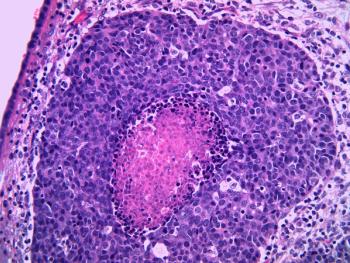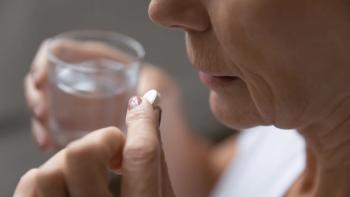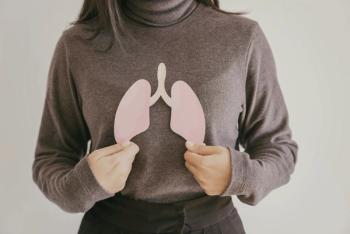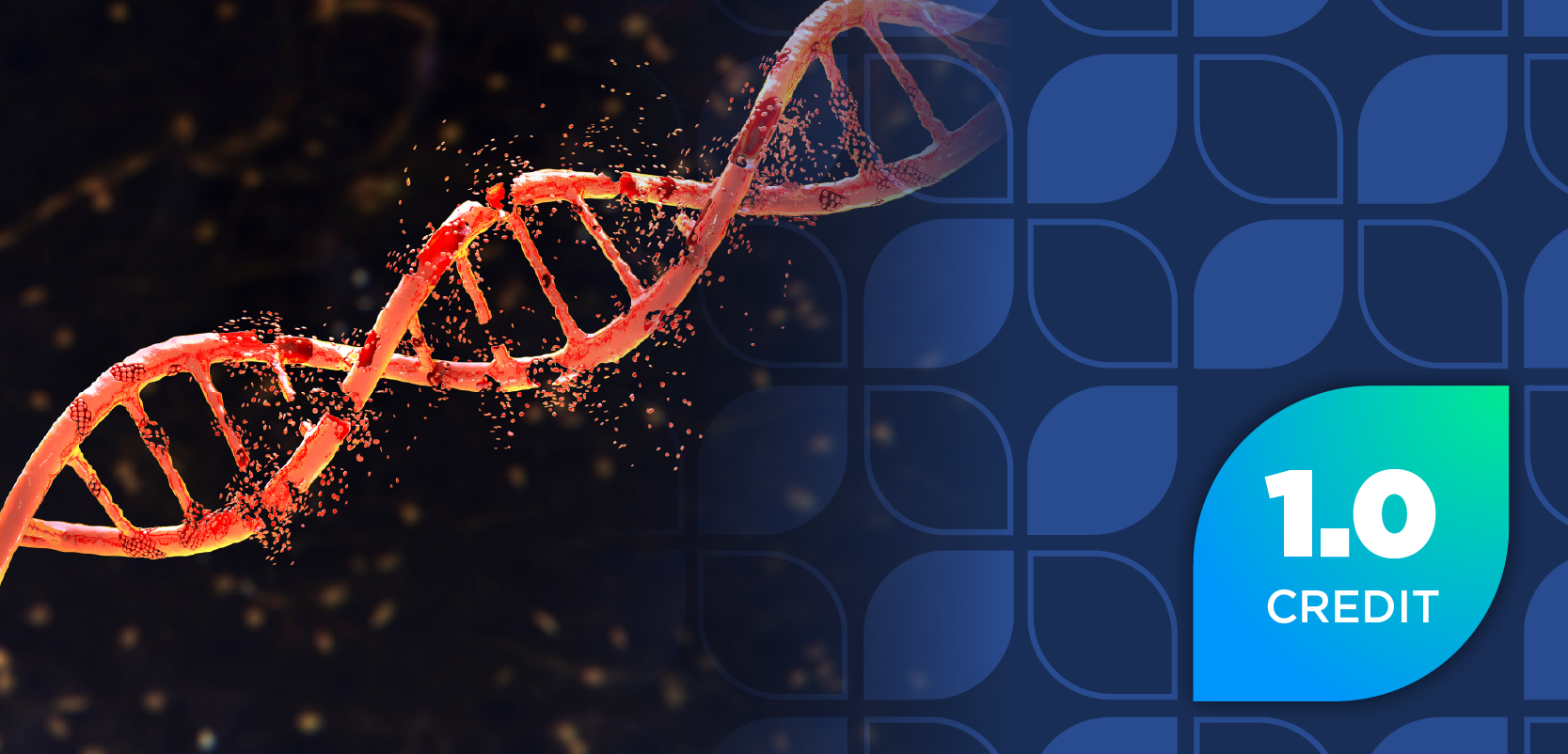Cardiovascular disease (CVD) is the leading cause of mortality worldwide. A steady increase in CVD-related deaths resulted in approximately 18.6 million deaths in 2019, and this is predicted to increase to approximately 23 million annual deaths by 2030.1 CVDs are disorders affecting the heart and blood vessels. These disorders include coronary heart disease, cerebral vascular disease, peripheral artery disease, rheumatic heart disease, congenital heart disease, heart failure, arrhythmias, and heart valve problems. It is well established that atherosclerosis and hypertension are the basis of most cardiovascular disorders, both of which can be affected by nutrition. Nutrition is the most important behavioral factor in the prevention of premature death and disability from CVD. Additionally, adopting healthy lifestyle choices may reduce the risk of myocardial infarction by up to 94%.2
MACRONUTRIENTS AND CVD
Macronutrients are a group of nutrients the body needs in large amounts to function efficiently. These include carbohydrates, protein, and fats. Macronutrients provide the body with energy, in the form of calories, to maintain function and structure. Most foods contain a combination of carbohydrates, protein, and fat. Each macronutrient has specific functions in the body.1-4
About the Author
Kathleen Kenny, PharmD, RPh, earned her doctoral degree from the University of Colorado Health Sciences Center in Aurora. She has more than 30 years of experience as a community pharmacist and works as a clinical medical writer based in Homosassa, Florida.
Macronutrients significantly impact the risk of CVD. The quality and source of macronutrients play a substantial role in the relationship between macronutrients and CVD risk.3
Carbohydrates are recommended to comprise 45% to 65% of daily calories. These are broken down into glucose molecules or remain as dietary fiber, providing 4 calories per gram. Glucose is used as an energy source for the brain, central nervous system, and red blood cells. It is also stored as glycogen in the muscles and liver for later use. Fiber promotes a healthy gastrointestinal tract and reduces hunger.4
However, refined carbohydrates and added sugars increase the risk of CVD. On the other hand, complex carbohydrates, such as those from whole grains and vegetables, may be cardioprotective.4
Proteins should be 10% to 35% of daily calories and are broken down into amino acids, providing 4 calories per gram. Amino acids help create new proteins and build and repair tissues and muscles. Amino acids also help structure cell membranes, maintain proper pH balance, and make enzymes and hormones.4
Foods high in protein impact the risk of CVD in different ways. The most beneficial protein sources are legumes, nuts, seeds, fish, and seafood. Eggs and poultry do not affect the risk of CVD. Red meat should be limited both in fat content and in grams consumed. Processed meats can increase the risk of CVD.5
Fats are recommended to be 20% to 35% of daily calories and are broken down into fatty acids and glycerol, providing 9 calories per gram. Fats are essential for cell membrane health. They are also stored throughout the body as energy reserves. Fats help transport and assist in the absorption of the fat-soluble vitamins A, E, D, and K.4
Saturated fats and trans fat acids negatively impact the risk of CVD and should be replaced with monounsaturated and polyunsaturated fats. These are considered “healthy” fats, resulting in more favorable lipid profiles.6
MICRONUTRIENTS AND CVD
Micronutrients are vitamins and minerals needed by the body in small amounts and can positively and negatively affect the risk of CVD. These include nutrients such as folic acid, coenzyme Q10 (CoQ10), vitamin D, and others.
ω-3 Fatty acids (eicosapentaenoic acid and docosahexaenoic acid) exhibit anti-inflammatory properties by reducing inflammation, stabilizing plaques, and potentially lowering triglycerides. ω-2 Fatty acids reduce inflammation by modulating proinflammatory pathways. They stabilize atherosclerotic plaque, preventing rupture.7
Folic acid and other B vitamins help break down the amino acid homocysteine, which can damage arterial walls. Folate also improves endothelial function, essential for maintaining healthy blood vessels.8
CoQ10 is a potent antioxidant that protects cells from free radicals and oxidative stress damage. It also supports mitochondrial function, improving cellular energy production and cardiac performance.9
Magnesium is an essential mineral for maintaining cardiovascular health as it helps relax blood vessels, reducing blood pressure and preventing hypertension. It also helps reduce inflammation and oxidative stress.10
Vitamin D deficiency has been linked to vascular dysfunction and arterial stiffening; however, evidence for dietary supplementation with vitamin D to reduce the risk of CVD is limited and inconsistent.11
Iron dysregulation, too much or too little iron, is a significant risk factor for CVD. Iron deficiency reduces the amount of oxygen the blood can carry, thereby straining the heart. Iron deficiency is also associated with an increased risk of ischemic cardiac events and cardiovascular mortality, as well as a poor prognosis in patients with heart failure.12 Excess iron can stimulate the formation of reactive oxygen species, which can damage the cells and tissues of the heart and blood vessels. It can also promote and enhance atherosclerosis.13
Sodium intake should be moderate, as excess sodium can lead to water retention and hypertension. Hypertension is a known risk factor for heart disease, stroke, and heart failure.14
For best results, micronutrients should be obtained primarily from a diverse and well-balanced diet rather than relying on supplements. Whole foods contain a mixture of micronutrients, fiber, antioxidants, and other compounds that augment the absorption and application of essential vitamins and minerals.
CONCLUSION
Nutrition heavily influences the development of CVD. Prioritizing a heart-healthy diet rich in whole foods such as fruits, vegetables, and whole grains and limiting unhealthy fats and sodium are crucial for preventing CVD and maintaining heart health.
In addition, making other heart-healthy lifestyle choices will help prevent CVD. These include exercising regularly, maintaining a healthy weight, quitting smoking, limiting alcohol consumption, and managing stress and blood pressure.
REFERENCES
1. Tyrovola D, Soulaidopoulos S, Tsioufis C, Lazaros G. The role of nutrition in cardiovascular disease: current concepts and trends. Nutrients. 2023;15(5):1064. doi:10.3390/nu15051064
2. Kahleova H, Levin S, Barnard ND. Vegetarian dietary patterns and cardiovascular disease. Prog Cardiovasc Dis. 2018;61(1):54-61. doi:10.1016/j.pcad.2018.05.002
3. Ma Y, Zheng Z, Zhuang L, et al. Dietary macronutrient intake and cardiovascular disease risk and mortality: a systematic review and dose-response meta-analysis of prospective cohort studies. Nutrients.2024;16(1):152. doi:10.3390/nu16010152
4. Siri-Tarino PW, Sun Q, Hu FB, Krauss RM. Saturated fat, carbohydrate, and cardiovascular disease. Am J Clin Nutr. 2010;91(3):502-509.doi:10.3945/ajcn.2008.26285
5. Protein and heart health. Heart Foundation. Updated August 26, 2024. Accessed April 23, 2025. https://www.heartfoundation.org.au/healthy-living/healthy-eating/protein-and-heart-health
6. Kelly RK, Watling CZ, Tong TYN, et al. Associations between macronutrients from different dietary sources and serum lipids in 24,639 UK Biobank study participants. Arterioscler Thromb Vasc Biol.2021;41(7):2190-2200. doi:10.1161/ATVBAHA.120.315628
7. Natto ZS, Yaghmoor W, Alshaeri HK, Van Dyke TE. Omega-3 fatty acids effects on inflammatory biomarkers and lipid profiles among diabetic and cardiovascular disease patients: a systematic review and meta-analysis. Sci Rep. 2019;9(1):18867. doi:10.1038/s41598-019-54535-x
8. Wang Y, Jin Y, Wang Y, et al. The effect of folic acid in patients with cardiovascular disease: a systematic review and meta-analysis. Medicine (Baltimore). 2019;98(37):e17095. doi:10.1097/MD.0000000000017095
9. Raizner AE, Quiñones MA. Coenzyme Q10 for patients with cardiovascular disease: JACC focus seminar. J Am Coll Cardiol. 2021;77(5):609-619. doi:10.1016/j.jacc.2020.12.009
10. Tangvoraphonkchai K, Davenport A. Magnesium and cardiovascular disease. Adv Chronic Kidney Dis. 2018;25(3):251-260. doi:10.1053/j.ackd.2018.02.010
11. Pilz S, Verheyen N, Grübler MR, Tomaschitz A, März W. Vitamin D and cardiovascular disease prevention. Nat Rev Cardiol. 2016;13(7):404-417.doi:10.1038/nrcardio.2016.73
12. Wang H, Huang Z, Du C, Dong M. Iron dysregulation in cardiovascular diseases. Rev Cardiovasc Med. 2024;25(1):16. doi:10.31083/j.rcm2501016
13. Naito Y, Masuyama T, Ishihara M. Iron and cardiovascular diseases. J Cardiol. 2021;77(2):160-165. doi:10.1016/j.jjcc.2020.07.009
14. Wang YJ, Yeh TL, Shih MC, Tu YK, Chien KL. Dietary sodium intake and risk of cardiovascular disease: a systematic review and dose-response meta-analysis. Nutrients. 2020;12(10):2934. doi:10.3390/nu12102934


















































































































































































































